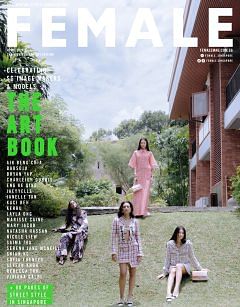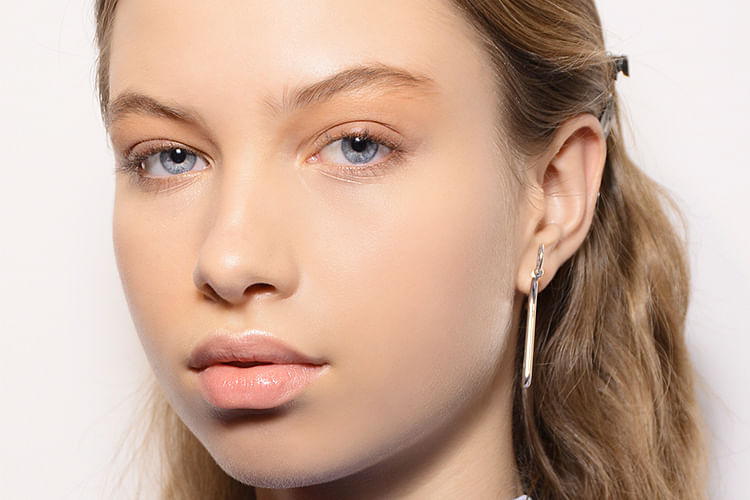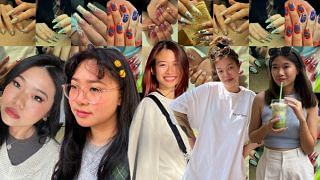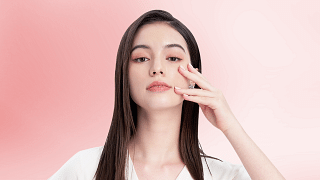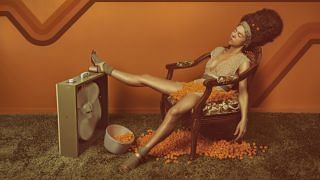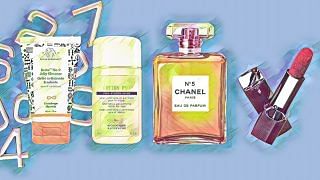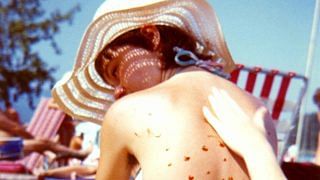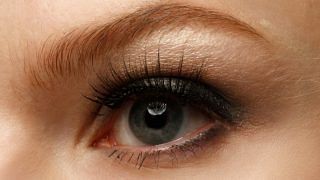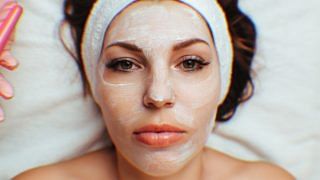Move over light therapy devices, we’re going back to the old school skincare techniques that actually work. While jade rollers have become part of our beauty lexicon, more traditional treatments like gua sha and cupping are growing more popular and becoming mainstream (thanks Michael Phelps!).
What are they?
Gua sha massage is a Chinese technique that predates acupuncture and it involves raking a flat handheld tool with medium to heavy pressure, along the skin to help increase blood flow and stimulate the lymphatic system.
Cupping, on the other hand, has apparently been practised since about 3000 B.C. (by the Egyptians), and has evolved over the years to treat a myriad of conditions including chronic pain, digestive ailments, anxiety and stress, and even asthma. Cupping, as its name suggests, uses cupping jars that act as the vacuum to suction out the air, and sometimes a flame to help raise the tissue partially into the cup, and is left for up to 15 minutes.
But does it work for your face?
As the skin is the largest organ, there are 43 muscles and 8 main meridians on the face. GuaSha and Facial Cupping are TCM techniques that deal with circulatory stagnation for those muscles and meridians. Think of it as similar to a connective tissue massage but for your face.
“During this massage, the connective tissues create a Piezoelectric Effect which literally means “pressure electricity”, says Jun Negoro, a TCM physician in Singapore.
She further explains that Piezoelectic Effect is like electric zaps to the cells. In response, cells alter their action to nourish, build more ground substance of collagen or maintain the surrounding tissues. Gua Sha and Facial Cupping can “liven up” the tissues, relax muscle tension, bring fresh (thus oxygenated) blood to give those fibroblasts a nudge to produce collagen and elastin to give you that rosy glow.
Techniques and precautions
While both aren’t as simple to carry out as sticking a tool in the fridge and gently gliding it all over your face. Gua Sha is about directionality and following the meridians of the body which references the life force paths that are a cornerstone of Chinese medicine.
Gua Sha
Jun, who runs Kanpobliss.com, recommends that you do it in front of a mirror under good light so you can monitor your skin colour and adjust the pressure accordingly – the pressure is too heavy if your skin starts turning very pink or red.
Cupping
On the other hand, cupping should be avoided if you have very sensitive skin that bruises easily or you’ve recently had Botox or fillers. Since the cupping technique is done like a suction pulling on the facial muscles, you may displace your fillers. Once you’re done with your facial, wash your face with warm water, clean and dry your tools, and moisturise your face. You can even finish with a face mask if you’d like, but Jun recommends steering away from “very cold masks or cold water because the pores are open and susceptible to pathogens and “catching a cold”.”
